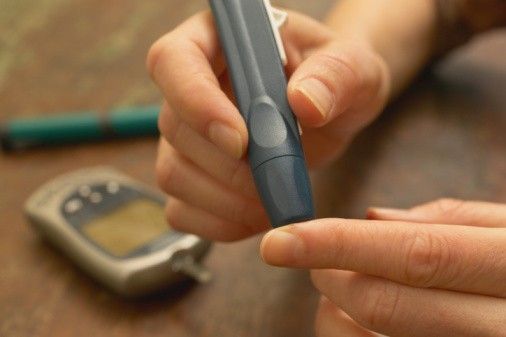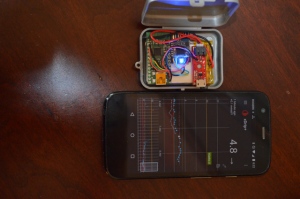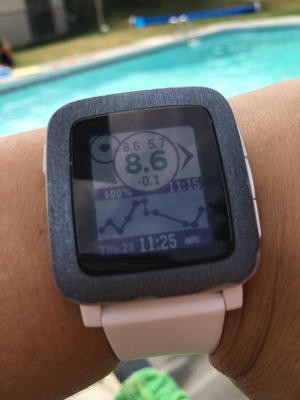Kate Farnsworth built a DIY tool to monitor her daughter’s diabetes
08/01/2016 / By diabetesscience

When Kate Farnsworth’s daughter, Sydney, was diagnosed with Type 1 diabetes, neither of them was very impressed with the technology that was out there for monitoring the disease.
(Article by CBC)
The traditional method for testing blood sugar levels involved using small pin pricks to draw blood from fingertips and testing it in a portable machine. As Kate tells Day 6 host Brent Bambury, that method was not ideal for a young girl.
“My daughter is 13 but at the time she was ten. She would hear the alarm [on her monitoring device] telling her that her glucose was out of range but she’d just push the button and shove it in her pocket. And that would be the end of it,” she says.
“The end of it” in this case means no action was taken. Sydney didn’t do anything to adjust her blood sugar levels and that inaction can makes it harder to regulate later.
“When she came home, I’d be asking her what’s your number? What’s your blood sugar?” Kate says.
The system, as it was, wasn’t working so Kate did her research.
The rise of D.I.Y.
Kate knew there were better methods out there. Dexcom, for example, makes monitors that reads blood sugar levels in real-time without the constant pricks and beeps of devices. The technology delivers the blood sugar levels to a smartphone or smartwatch so a quick glance is all that’s needed.
The most advanced versions of this is more discreet but they’re unavailable in Canada and expensive for anyone buying one without the help of a medical plan.
The answer, as Kate discovered, was open source technology. She found data online and a group of people who are building their own D-I-Y solutions. The made-at-home device was cheap, costing between $60 and $80 but more importantly, it gave mother and daughter peace of mind.

Kate Farnsworth used open source code to create a system that tracks her diabetic daughter’s blood sugar levels. (Kate Farnsworth)
“This allows us to react in the moment to what is going on in the moment,” Kate says. “We’re both getting the information so I can let her take the reins or I can if she’s tired of doing it”.
But the most important thing for Kate and Sydney is that now, the first question she asks when she comes home at the end of the day is “how was your day?”
How it works
It’s worth mentioning that Kate has a background in I.T. That helps explain her lack of fear tackling something no one in Canada had done before.
“The transmitter consists of a little computer chip called a wixell, a bluetooth chip and a battery. You just solder them together in the right order, add a little program to it and it will start listening to blood sugar values,” she says.
Kate equates this process to following a recipes.
Kate makes it sound easy but it wasn’t. Her father and law taught her to solder and she brushed up on her coding to make it all work. She was, at first, flying blind but she’s working to make sure no one else feels alone.
#wearenotwaiting
D.I.Y. diabetes monitors started with a couple who figured out to make these transmitters at home and made the information available online. Since then, thousands of people around the world have joined in. They’ve not only made their own but they’re helping others get it done while a growing activist voice.
“It’s a role that I fell into accidentally but a role I take very seriously now,” Kate says. “There is a whole world of instructions available online and 12 people who provide tech support.”
Nightscout is the group behind the global movement. It was developed by parents of children with Type 1 Diabetes and has continued to be developed, maintained, and supported by volunteers.
On Twitter, they use the hashtag #wearenotwaiting and that has become their rallying cry. They’re willing to help anyone find, consider and build their own devices and the only thing they ask is that people pay it forward.
A smartwatch inspired by Sydney
Kate continues to do her part. Her latest project is designing smartwatch faces that work hand-in-hand with the glucose reading technology.
“There was a code base available and I took that and taught myself more code so I could improve it and make it look the way we wanted it to look.”

A watch face designed by Kate Farnsworth. The program and icons show blood glucose levels in Canadian units. (Kate Farnsworth)




















